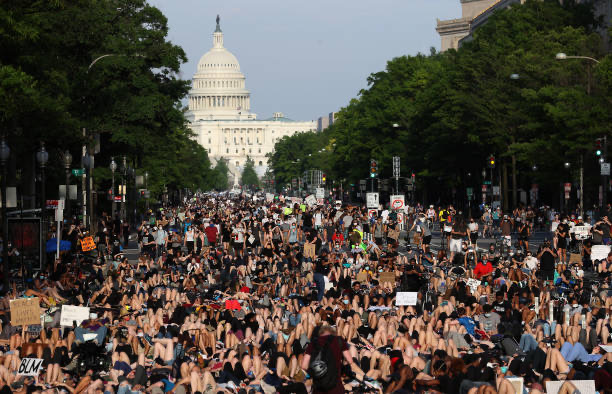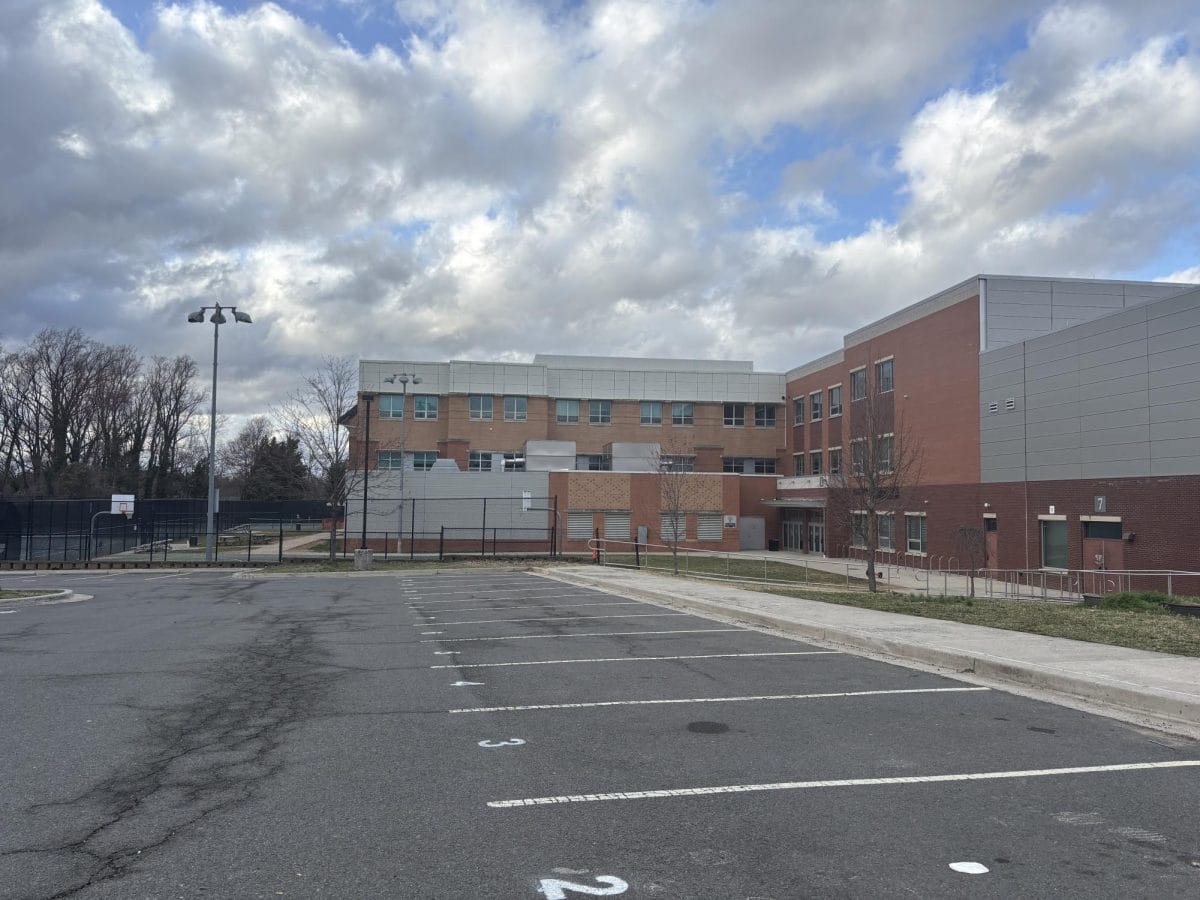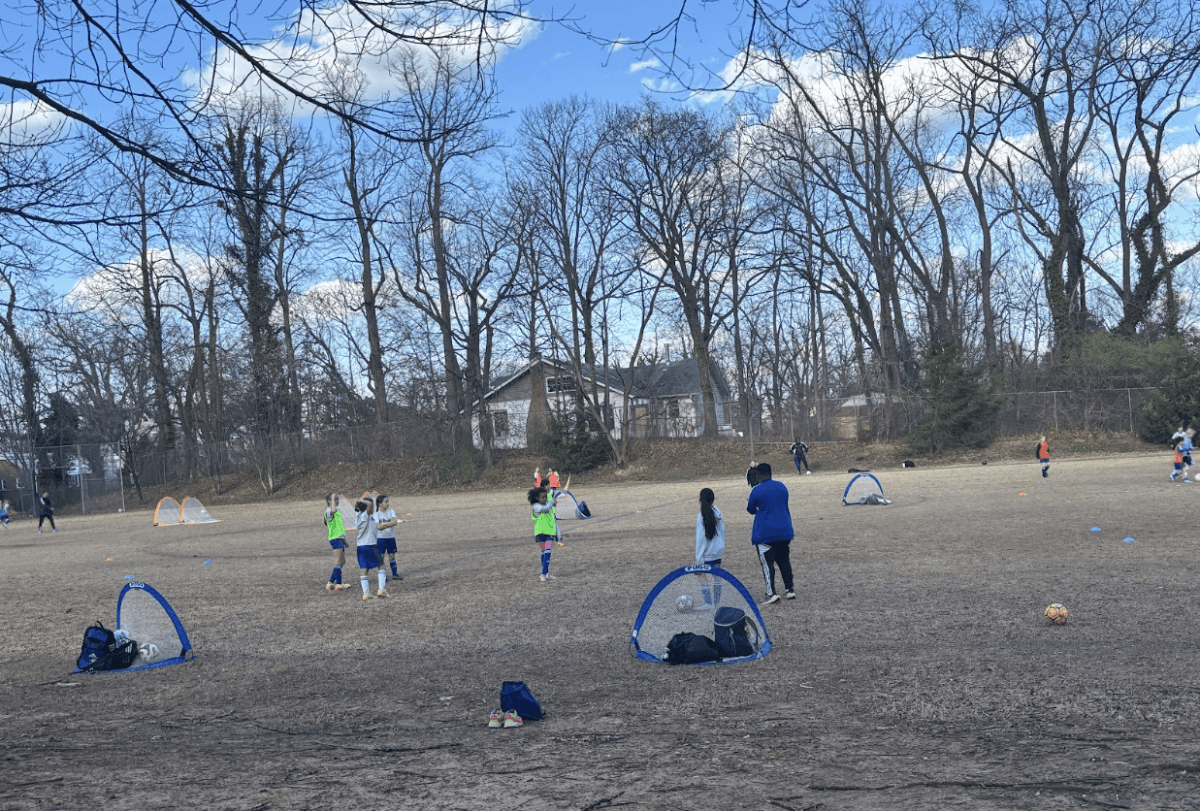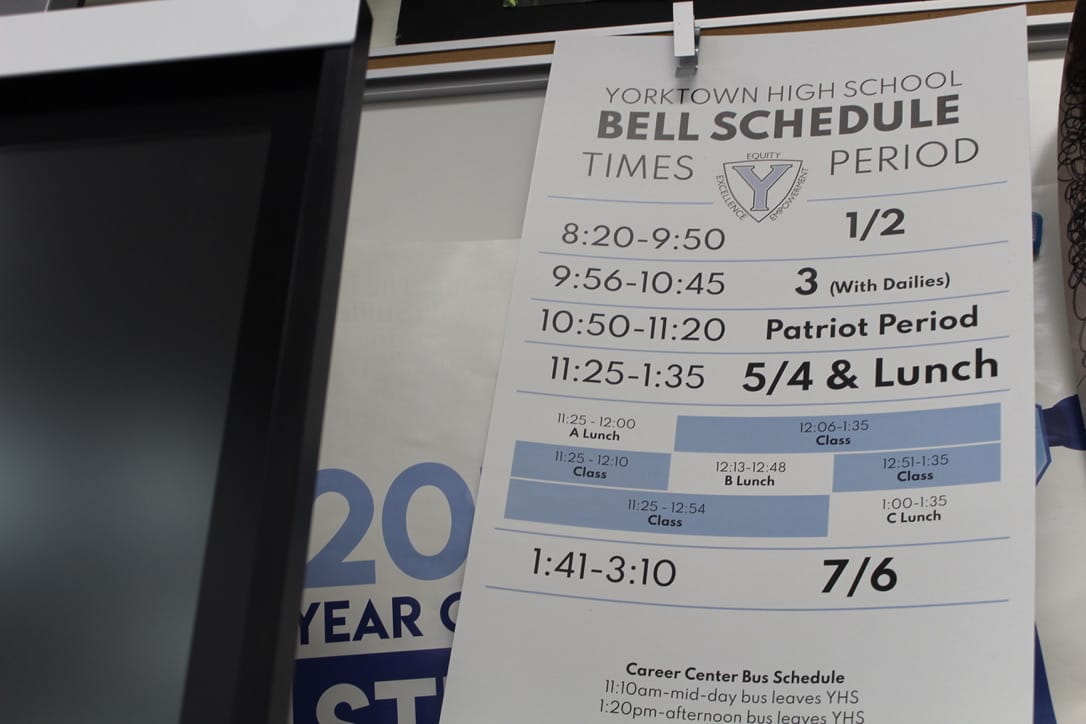“Justice for George Floyd” and similar sentiments are scrawled on hundreds of signs in the nearly two-mile stretch between the Capitol building and The White House. The once-empty streets of the nation’s capital are bubbling with anger, demanding long-overdue systematic change. The nationwide protests have been sparked by the sickening murder of George Floyd, an innocent black man wrongfully accused of using a counterfeit bill. The shocking video of Floyd’s death has instigated a necessary conversation about America’s “broken” justice system; but the system is not broken. It is functioning exactly how it was designed to. The criminal justice system was formed hundreds of years ago to uphold a racist status quo that actively targets people of color, and it is doing just that.
The U.S. Constitution was created to guarantee the freedom and rights of every citizen, yet its wording and implementation created a different reality for Americans of color. While discrimination on the basis of race is illegal, the Constitution created a racial caste system and continues to perpetuate a distinctly American apartheid by granting immense power to those who govern. The collective racism of the leading majority shows that equality is the product of popular opinion that provides justification for even the most horrendous infringements of rights. Moreover, the assured maintenance of white privilege in recent years has found loopholes through disenfranchisement laws and countless other policies that target marginalized communities.
American politicians have upheld a racial hierarchy by routinely updating the mechanism of oppression. Early methods were glaringly obvious; slavery gave way to Jim Crow, which dissolved into Nixon’s war on drugs. Now, a spider web of tactics entangles the country’s marginalized population. From gentrification to police brutality, modern-day institutionalized racism is covertly ensuring the oppression of millions. People of color face structural barriers in almost every aspect of their lives, including accessing affordable housing, healthcare, education and employment. The cycle of oppression is sustained by the obstacles established to keep minorities out of politics. ID voting laws and disenfranchisement obstruct accessibility to the ballots and the combination of the education gap and lack of adequate support systems complicate the entrance of minorities into positions of power.
Our government has turned a blind eye to the network of injustice. The pattern of failure to instantaneously punish murderers in uniform implies that violently upholding white supremacy is more important than the protection of innocent lives. Although the murder of Floyd was caught on film, the officer was not indicted until after several days of protests. This week has exposed the indisputable bias in our country. President Donald Trump leads the narrative by labeling protesters as thugs and domestic terrorists, while earlier, he called white supremacists “very good people” in a string of tweets. Protestors have been condemned for resorting to violence, claiming that it is not the answer, yet the government routinely turns to petty war in the name of foreign policy and national defense. Mainstream media is distraught over the destruction of private property, showing a skewed moral compass that values capitalism, consumerism and profit over black lives. It is not the role of white authoritative figures to decide how an oppressed group protests, especially not when their iron fist is the reason for the unrest.
A necessary point to highlight is the Stonewall uprising in 1969. The rebellion was a series of demonstrations by members of the LGBTQ+ community at the Stonewall Inn in New York City following a police raid. The five-day riots, looting and protests were the catalysts for the LGBTQ+ liberation movement. Through violence, a semblance of equality was achieved. While the fight for total LGBTQ+ rights is long from over, chaos was the only effective method to start the journey towards total equality. The “Justice for George Floyd” protests hope to parallel the effects of the Stonewall uprising to achieve racial equity.
These protests feel akin to the start of a revolution, but precedent stands as a striking warning: this passion must last longer than the videos’ virality. Interest over black lives only spikes after a new victim is brought into the spotlight, instigating a few days of unease and then slowly fading back to the status quo. The cycle of pointless murder, hashtags and protests began shortly after the shooting of Trayvon Martin, a black teen who appeared dangerous to the racist eye of an officer. Through the 2010s the U.S. would see countless movements to dismantle systematic racism, but statistics show no relief in sight. 98.7% of incidents of police brutality result in no charges being pressed whatsoever according to Mapping Police Violence, a comprehensive database of every killing by police in America. In fact, since 2013, only 25 cases resulted in a conviction.
Social media timelines have turned into a graveyard for black bodies, hashtags resembling headstones on the trending page of Twitter. This week people left the safe haven behind the computer screen and came together to share an important message: as long as there is no justice, America should not expect peace.









































